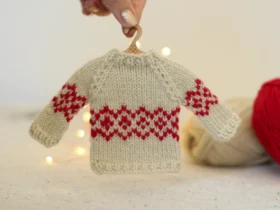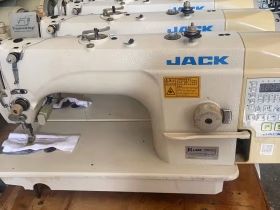Camouflage has long been a silent partner in the art of concealment and strategy. Initially developed for military purposes, it has steadily evolved into a powerful utility across a wide range of civilian applications, from hunting and hiking to fashion and tactical gear.
The journey of camouflage design reflects not only advancements in military strategy and technology but also the growing demand for versatile performance wear in everyday life. Let’s explore how camouflage has transformed over the decades and how it continues to serve both functional and cultural roles.
The Early Days: When Uniforms Were Anything but Subtle
In the early 19th century, military uniforms were often bright, bold, and highly visible. These designs, rich in symbolism and tradition, prioritized unit recognition and morale over stealth. However, as firearms and battlefield tactics evolved, so too did the need for discretion.
By the time of the Boer War and World War I, armies began experimenting with muted tones and more adaptive gear. The British adopted khaki uniforms, while the French pioneered camouflage-specific units, camoufleurs, tasked with creating deceptive visuals using natural materials and creative artistry.
These early steps laid the foundation for the more structured, science-driven approach to camouflage that would emerge in the decades ahead.
Camouflage Takes Shape in World War II
World War II marked a significant turning point in camouflage development. During this period, military forces worldwide began standardizing camouflage patterns tailored to specific environments, forests, deserts, and urban settings.
Germany led the charge with its iconic “splinter” and “pea dot” designs, developed for paratroopers and infantry units. The Soviet Union adopted woodland patterns suitable for Eastern Europe’s dense forests, while American forces introduced camouflage for jungle warfare in the Pacific Theater.
Camo Goes Civilian: Backcountry, Fashion, and Beyond
Eventually, camouflage trickled down from the military world into civilian life. Hunters were among the first to adopt it, and for good reason. Deer, for example, are quick to notice unnatural shapes and sudden movement, things good camo can mask. Companies began producing highly specific patterns for different regions, seasons, and game: from snow camo to swamp camo, and even high-altitude alpine designs.
Today, tactical and outdoor brands offer a vast range of camo clothing and gear built not just for blending in, but for comfort, durability, and weather resistance. If you’re looking for reliable, battle-tested gear for your own adventures, you can start exploring here.
But camo didn’t stop at the treeline. Fashion designers eventually picked up on the rugged aesthetic, turning it into a symbol of rebellion, utility, and even street style. What was once meant to hide now makes a bold statement, on runways, in music videos, and in everyday urban wear.
Digital Disruption: The Pixel Revolution
In the 2000s, a new type of camo hit the scene: digital camouflage. These pixelated patterns weren’t about aesthetics, they were developed using computer algorithms to confuse the human eye. Canada’s CADPAT and the U.S. Marines’ MARPAT were pioneers in this space.
The idea? Break up the silhouette at both close and long ranges. While some versions (like the U.S. Army’s UCP) underperformed in the field, the digital camo era proved one thing: camo was now a science, driven by data, field testing, and advanced optics.
Where to Buy Camouflage and Tactical Gear?
If you’re seeking reliable, performance-tested camouflage gear, whether for professional use, outdoor exploration, or personal preparedness, you’ll find a wide selection of high-quality options at Kula Tactical. Their lineup is designed with real-world performance in mind, drawing on military-grade materials and field-tested patterns. Click here to browse their collection.







Leave a Reply